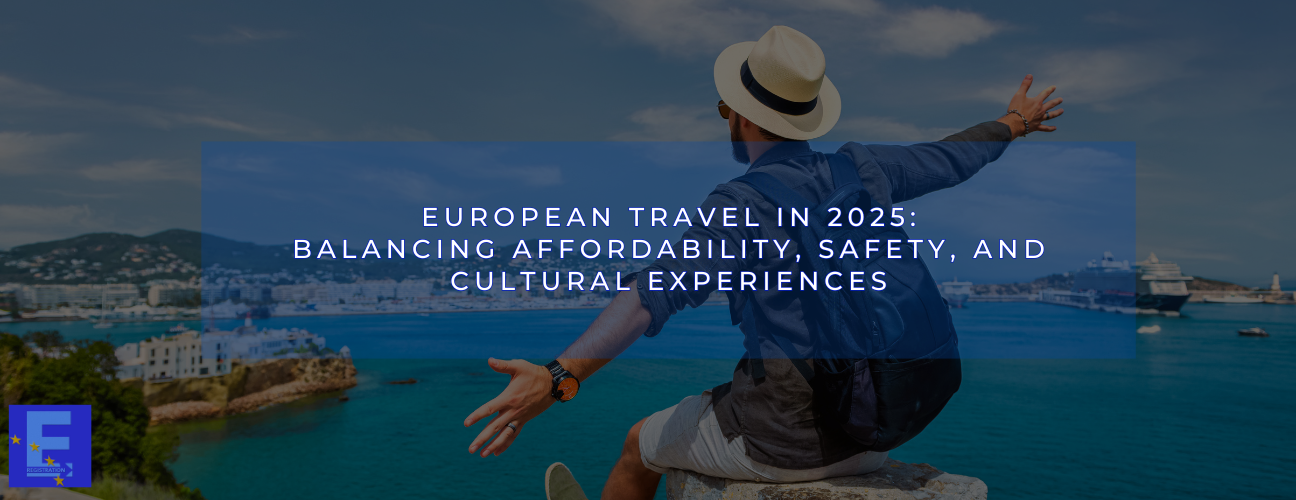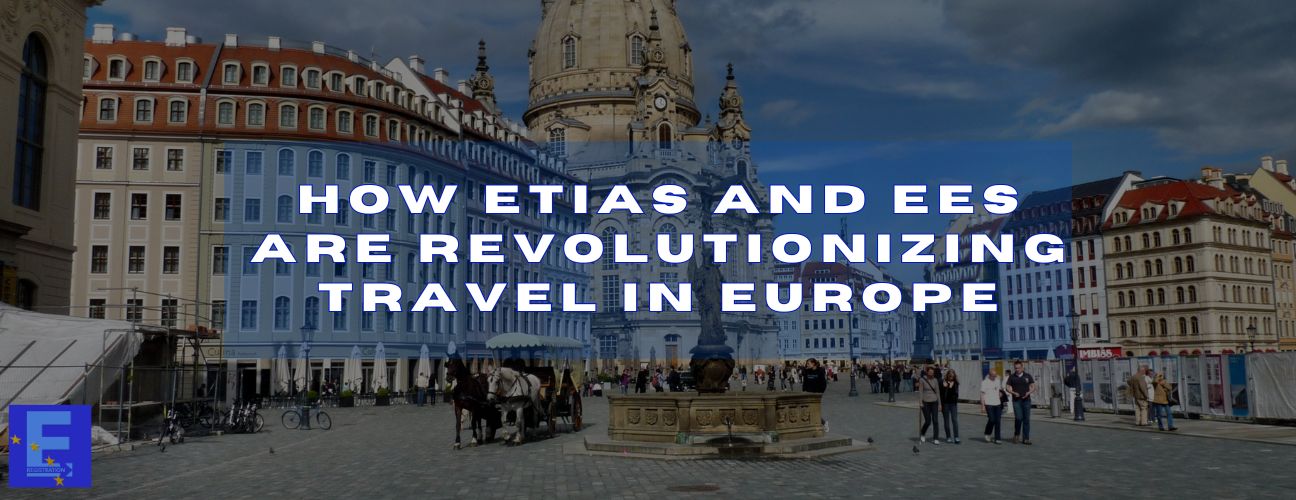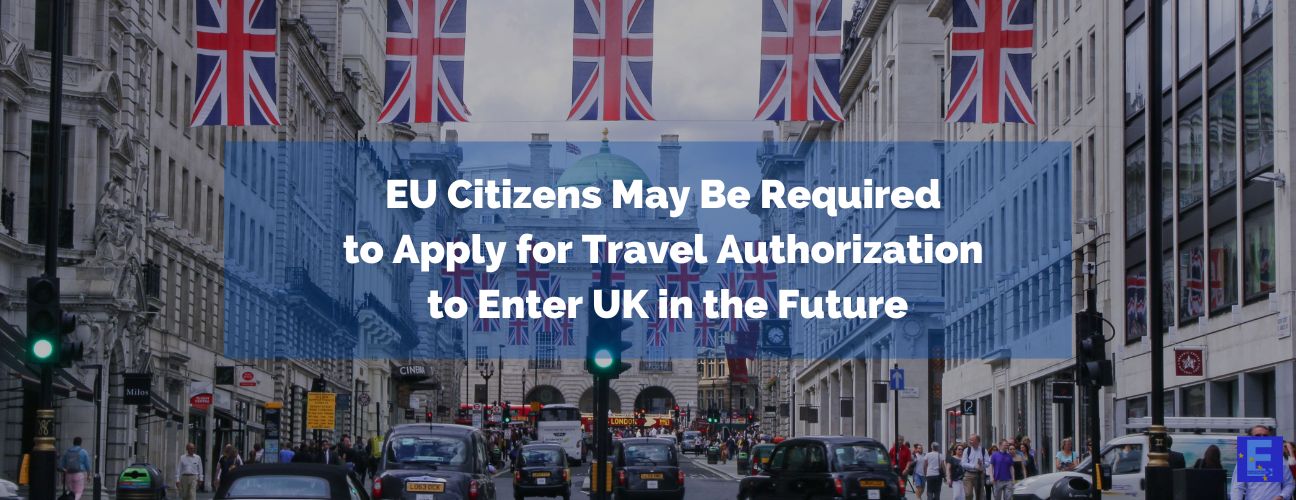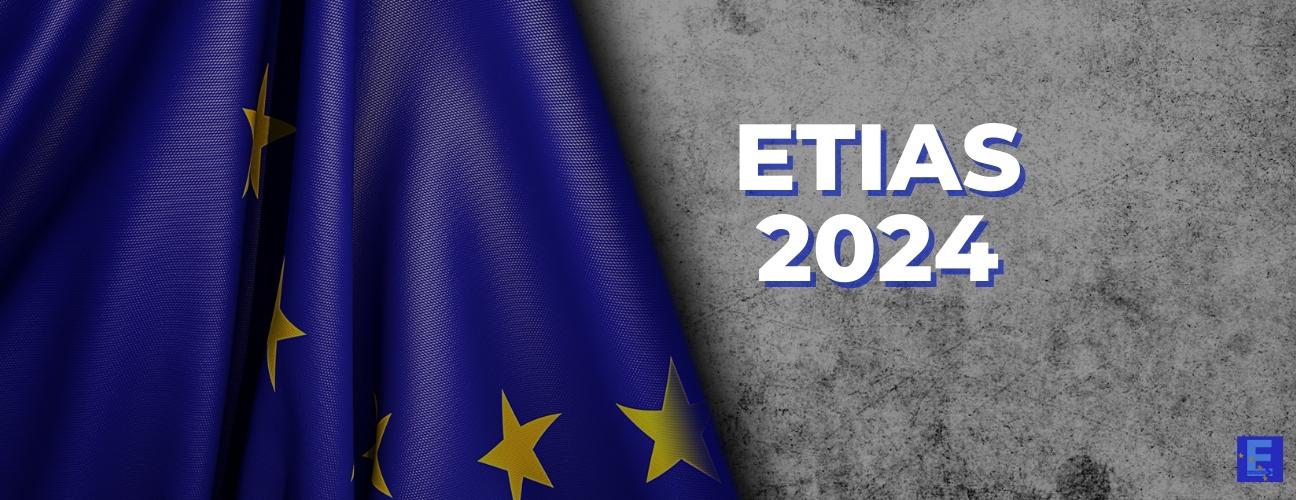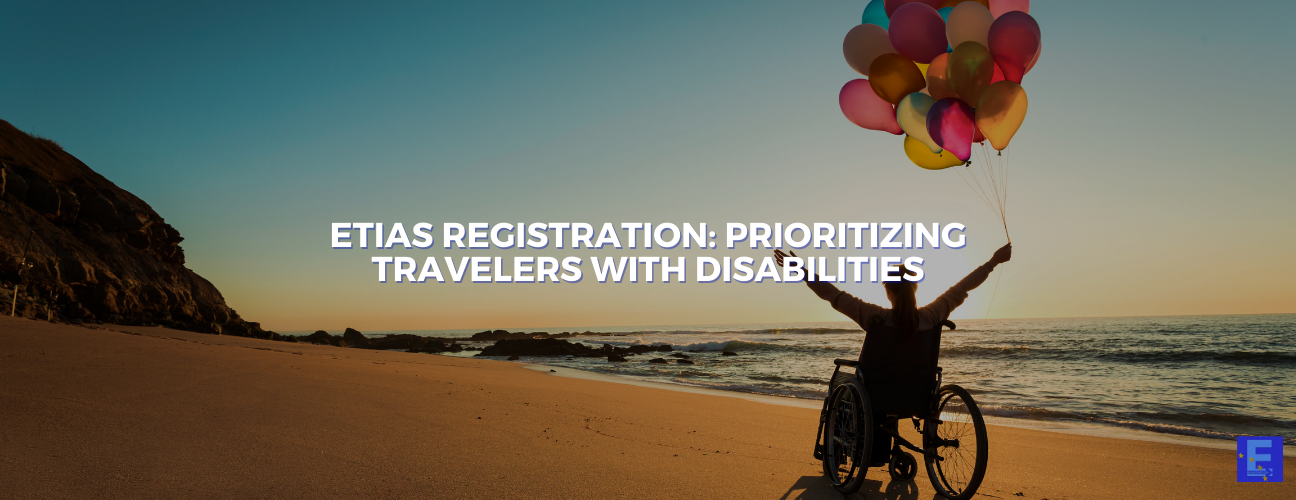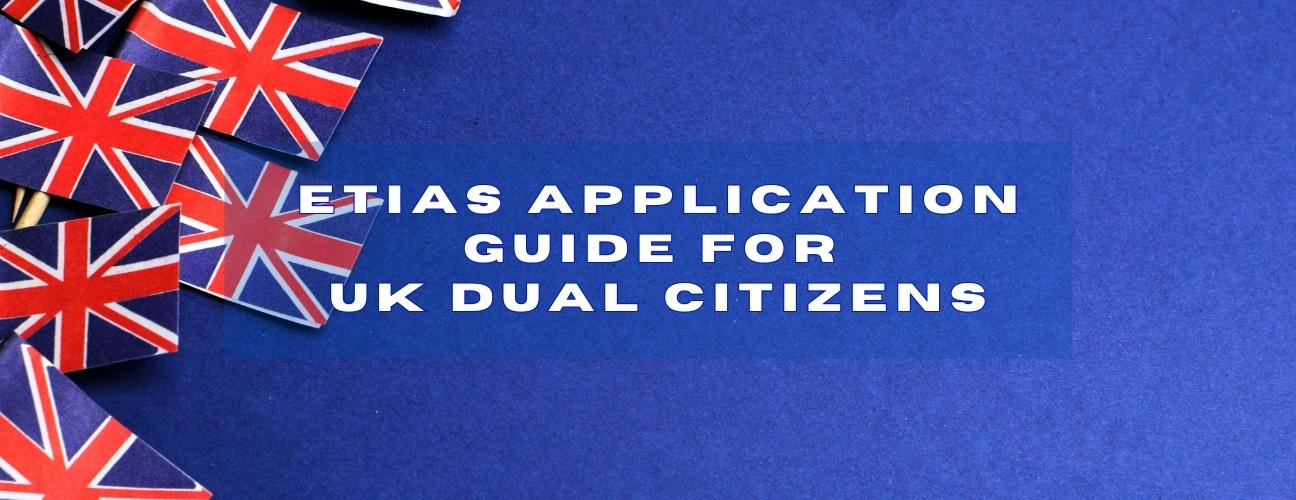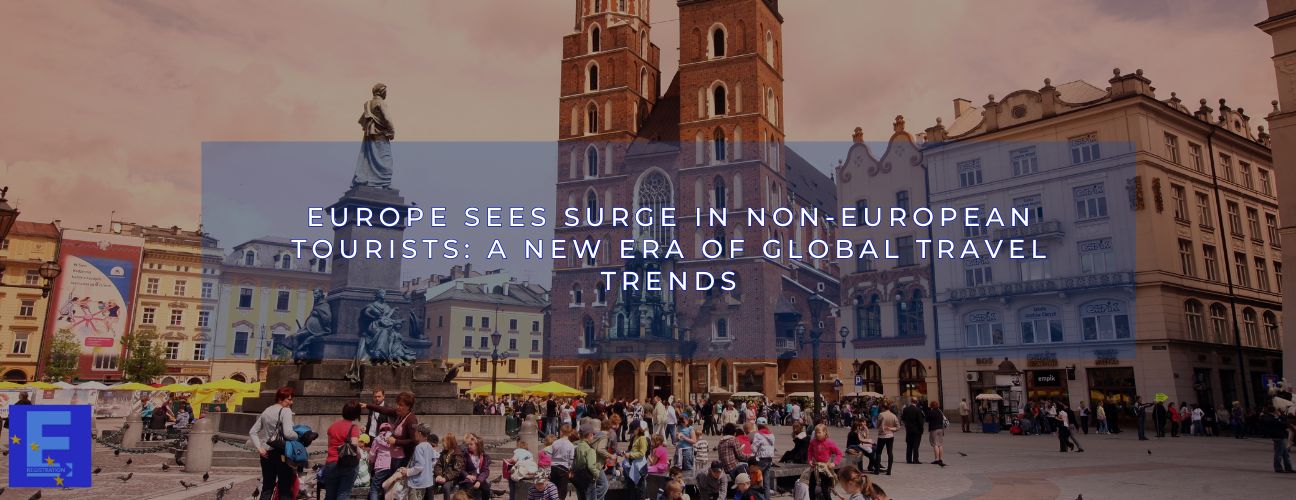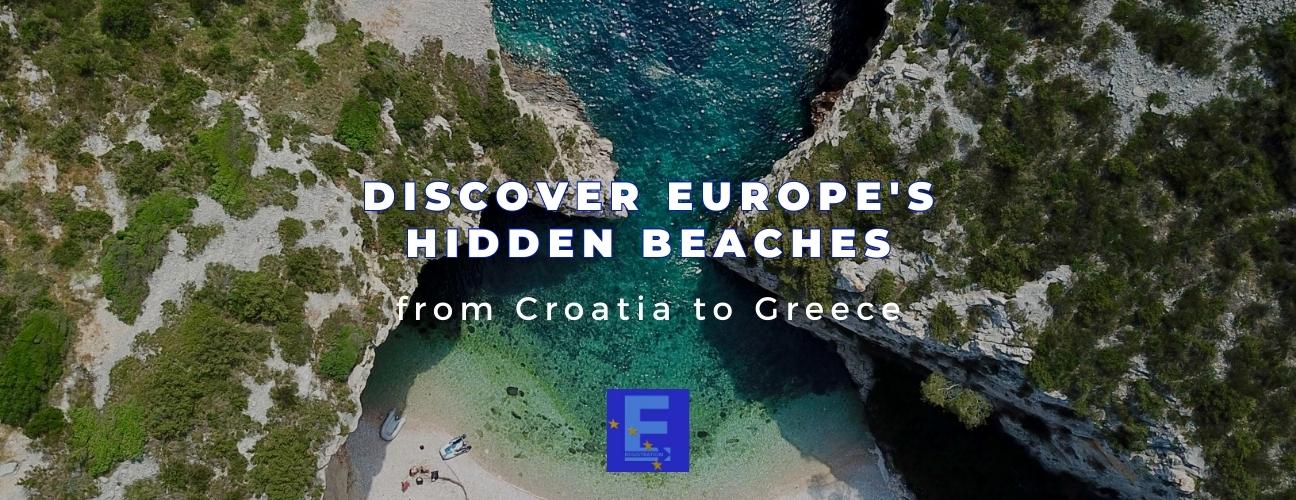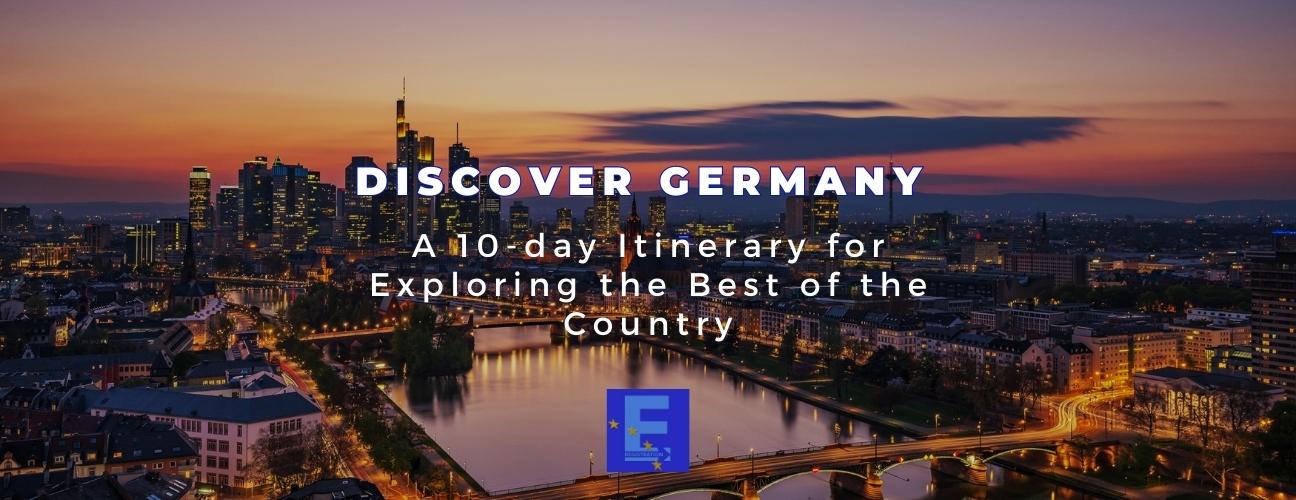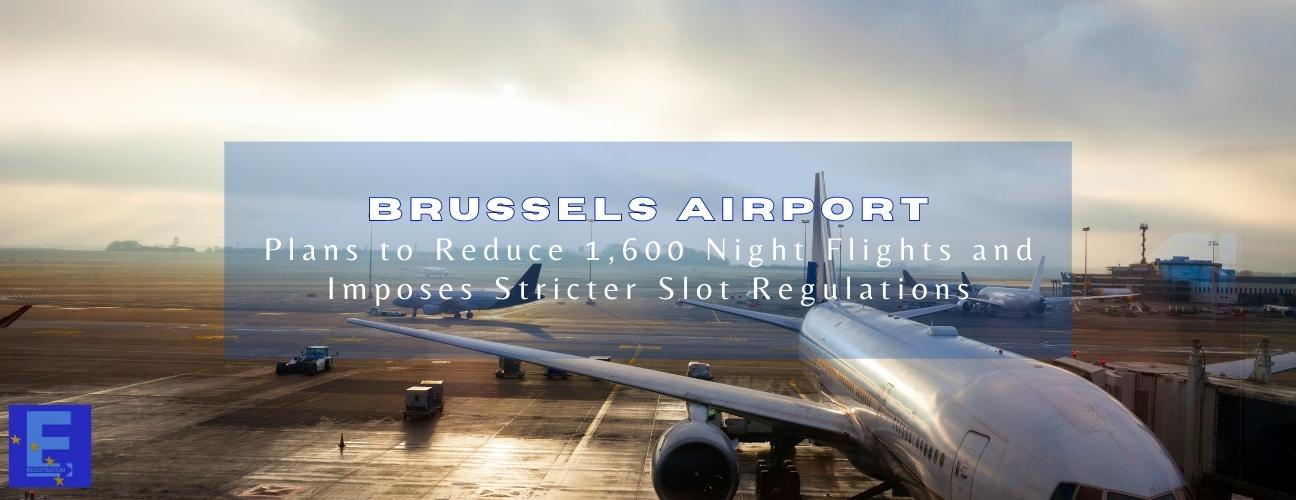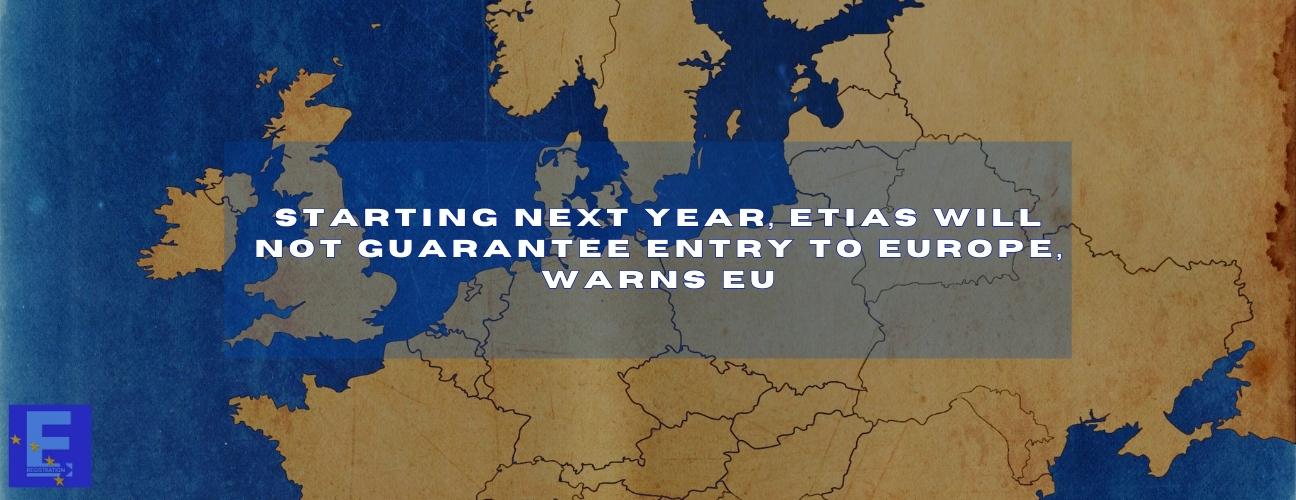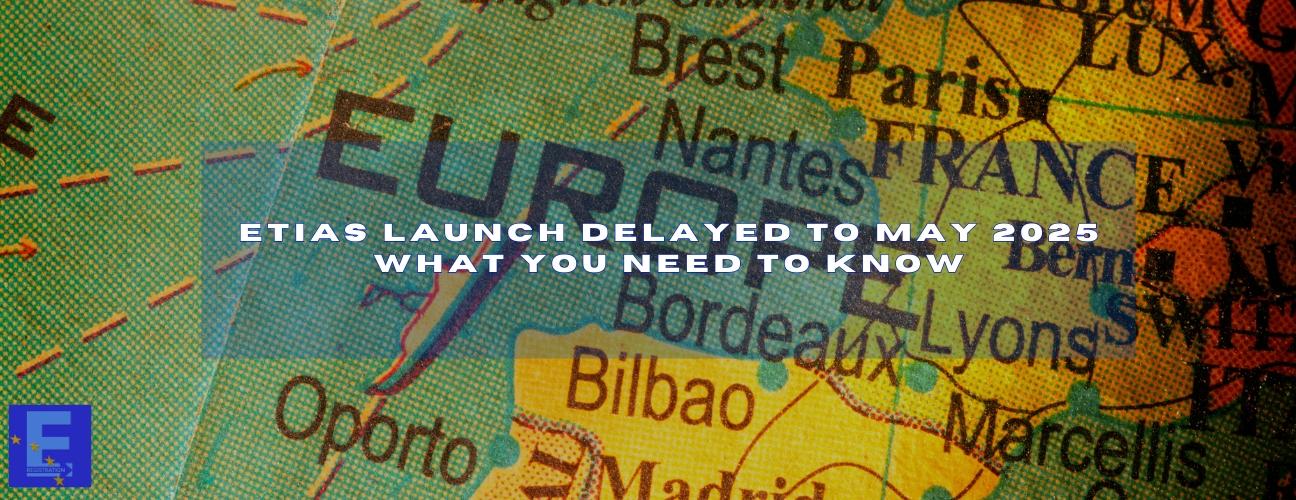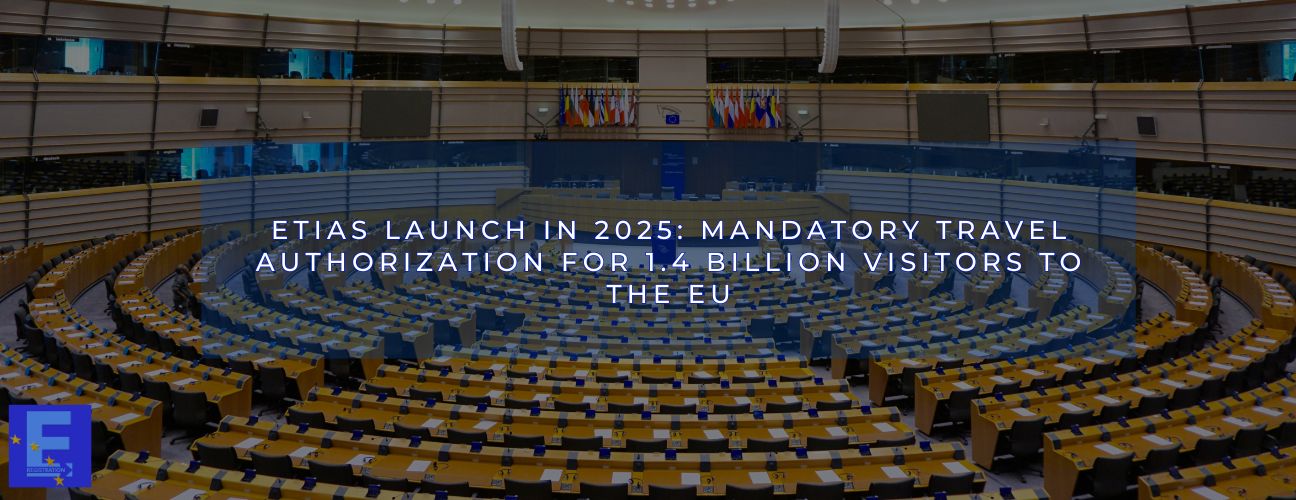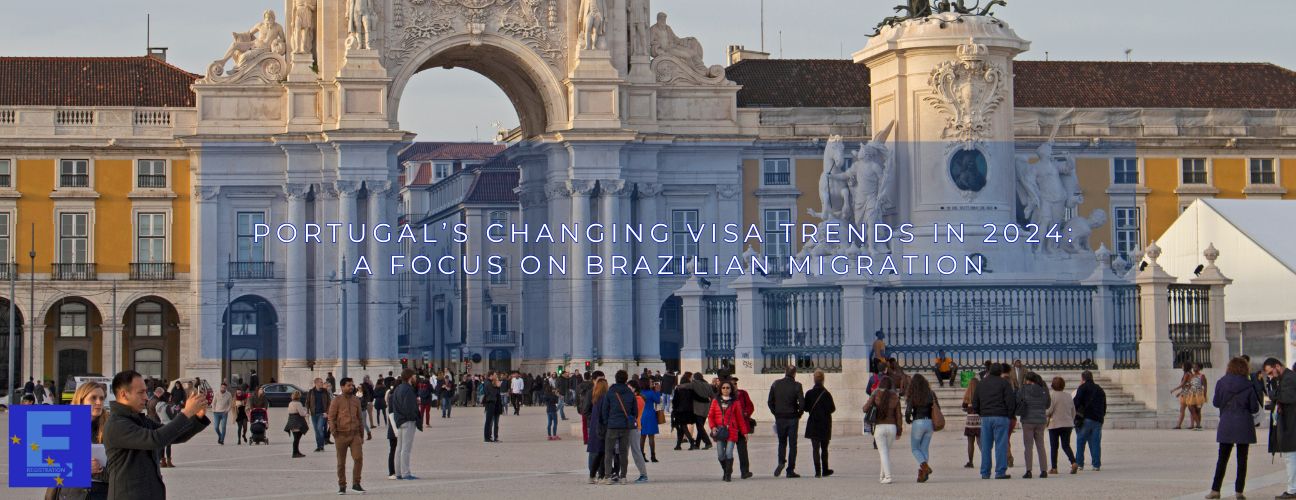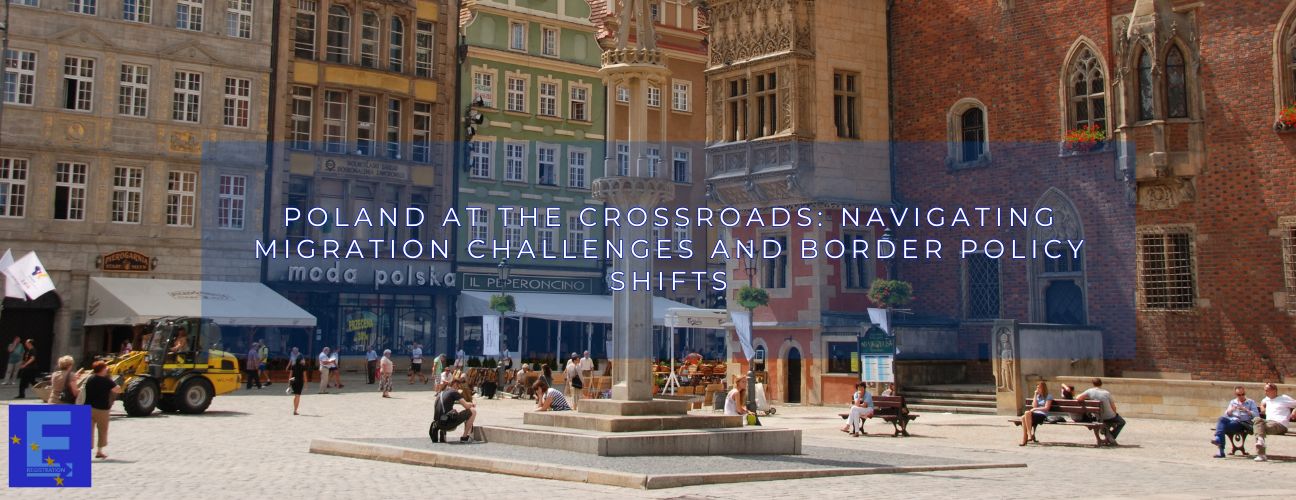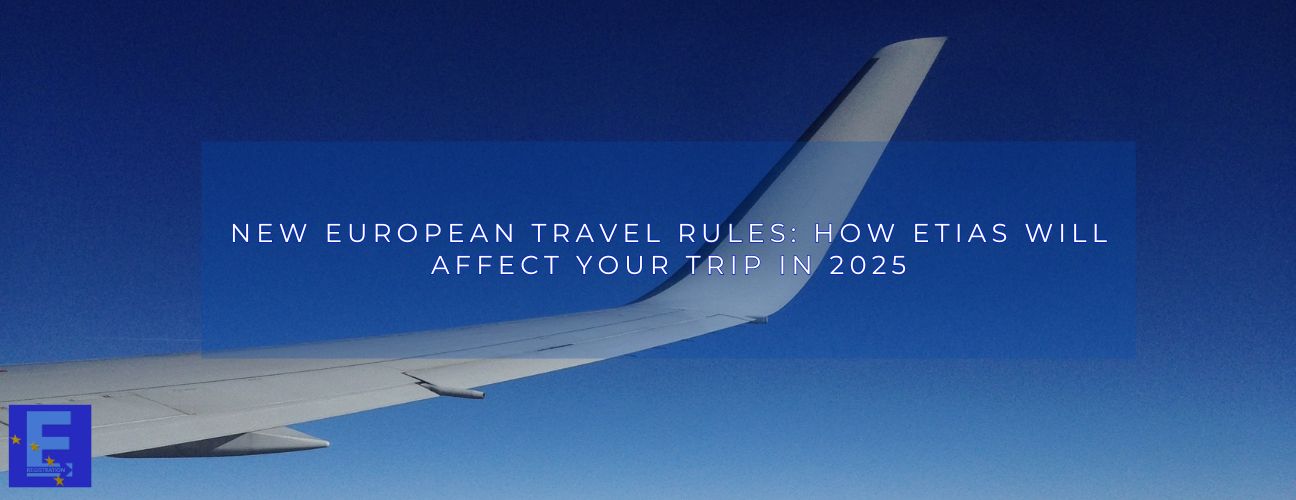As Europe remains a favored destination for international travelers, rising costs and evolving concerns are reshaping how people plan their trips. Inflation, safety, and emerging trends are impacting not just where tourists choose to go but also how much they spend.
Cost Concerns Shape Travel Plans
Amid a backdrop of rising expenses, affordability has become the primary factor influencing travel decisions. The latest Long-Haul Travel Barometer (LHTB) by the European Travel Commission (ETC) found that 44% of potential travelers view cost as the biggest obstacle. Despite higher prices for accommodations, meals, and activities, most tourists intend to maintain daily budgets between €100 and €200—similar to last year.
Budget tightening is evident across key markets. In China, for instance, the percentage of travelers willing to spend more than €200 per day has dropped by 30%. Similar trends appear in Australia and Canada, where spending expectations have also declined, suggesting that travelers are making adjustments to cope with increased costs.
Safety and Cultural Draws Remain Key
Safety continues to be a critical factor for those considering European destinations. According to the ETC survey, 52% of respondents cited safety as their top priority, especially travelers from the U.S., Australia, Japan, and China. In addition to safety, travelers look for iconic landmarks and well-developed tourism infrastructure to enhance their experience.
Europe’s rich cultural heritage is a significant draw, with 78% of travelers visiting for leisure and 44% prioritizing cultural and historical attractions. There is also growing interest in deeper connections with local cultures, with 40% of tourists aiming to interact with locals and 36% expressing a desire to participate in local traditions.
Rising Chinese Demand for European Travel
One notable trend in 2024 is the increasing interest from Chinese tourists. The LHTB reports that 83% of Chinese respondents intend to visit Europe, up from 74% last year. This surge is partly due to increased flight options and the timing of significant holidays like Golden Week, which have made travel more accessible.
France remains the top European destination for Chinese travelers, with 37% planning to visit, followed by Italy at 29% and the UK at 23%. This uptick in Chinese tourism provides a positive outlook for Europe's tourism sector, especially amid declining interest from other regions, such as the U.S.
Mixed Sentiment from American and Brazilian Travelers
Interest in European travel has waned significantly among American tourists, with only 23% planning to visit in 2024, down from 41% last year. The primary reasons are high travel costs, the appeal of other destinations, and limited vacation time.
Conversely, Brazilian interest remains steady, with nearly 48% of respondents planning to visit Europe in the latter half of the year. Europe’s allure is particularly strong among Brazil’s younger and more affluent population, who continue to show interest despite increasing travel expenses.
Impact of Rising Costs on Visitors and Migrants
As travel expenses continue to rise, tourists may look for ways to economize, such as shortening their trips, spending less each day, or choosing more affordable destinations within Europe. These adjustments are likely to affect short-term visitors as well as migrants considering longer stays.
The upcoming European Travel Information and Authorization System (ETIAS) is also expected to influence travel plans. Starting in 2025, non-EU citizens from visa-exempt countries will need authorization to enter the Schengen Area. Combined with higher travel costs, this new requirement could deter some budget-conscious visitors and migrants.
Keeping Europe Competitive in a Changing Landscape
In response to these evolving travel trends, Europe may need to adapt its tourism and immigration policies to maintain its appeal. With rising costs, EU member states might consider offering incentives or lowering certain fees to compete with other global destinations.
Tourism authorities could also place a stronger emphasis on safety, infrastructure improvements, and cultural tourism to draw more visitors. By promoting sustainable tourism and authentic experiences, Europe can foster meaningful interactions that benefit both travelers and local communities.
Looking Ahead: Opportunities and Challenges
Although Europe faces challenges from inflation and safety concerns, the region's cultural appeal remains a powerful draw. To continue attracting international tourists, it will be essential for tourism officials and policymakers to address financial and logistical barriers that could hinder access.
By focusing on sustainability, cultural authenticity, and affordability, Europe can continue to thrive as a top destination while meeting the demands of a changing global travel market.

